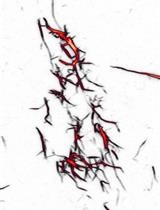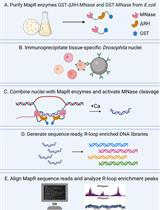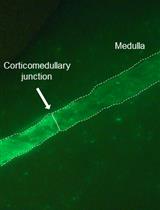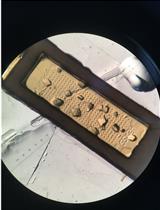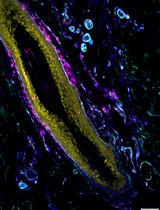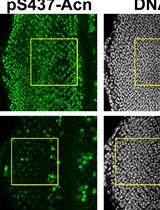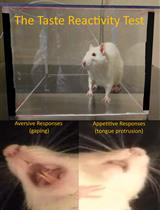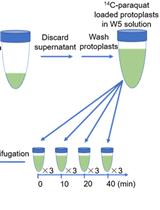往期刊物2022
卷册: 12, 期号: 18
生物化学
Protein Tyrosine Phosphatase Biochemical Inhibition Assays
蛋白酪氨酸磷酸酶生化抑制测定
In vitro Fluorescence Imaging–based Actin Bundling Assay
基于体外荧光成像的肌动蛋白捆绑测定
生物信息学与计算生物学
Tissue-Specific, Genome-wide Mapping of R-loops in Drosophila Using MapR
使用 MapR对果蝇中的 R 环进行组织特异性、全基因组映射
生物物理学
A Novel Imaging Technique for The On-site Assessment of Renal Biopsy Specimens
一种用于肾活检标本现场评估的新型成像技术
Serial Room Temperature Crystal Loading, Data Collection, and Data Processing of Human Glutaminase C in Complex with Allosteric Inhibitors
人谷氨酰胺酶 C 与变构抑制剂复合物的系列室温晶体加载、数据收集和数据处理
细胞生物学
Human Skin Explant Preparation and Culture
人体皮肤外植体制备和培养
微生物学
Analysis of Lipid-linked Oligosaccharides Synthesized in vivo in Schizosaccharomyces pombe
裂殖酵母体内合成的脂联寡糖分析
神经科学
In situ Dephosphorylation Assay with Recombinant Nil Phosphatase
用重组无磷酸酶进行原位去磷酸化测定
Characterizing Hedonic Responses to Flavors Paired with Internal Pain and Nausea through the Taste Reactivity Test in Rats
通过大鼠的味觉反应性测试来描述与内痛和恶心配对的味道的快乐反应
植物科学
14C-paraquat Efflux Assay in Arabidopsis Mesophyll Protoplasts
拟南芥叶肉原生质体中的14C-百草枯外排试验




